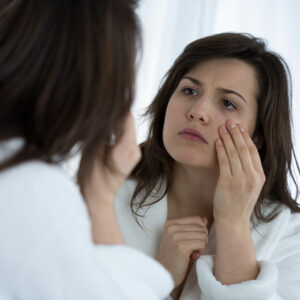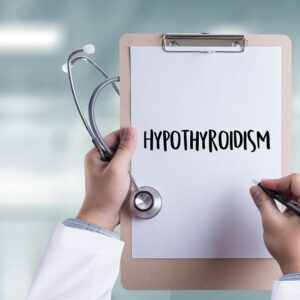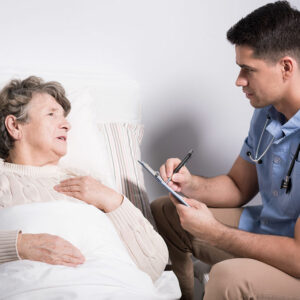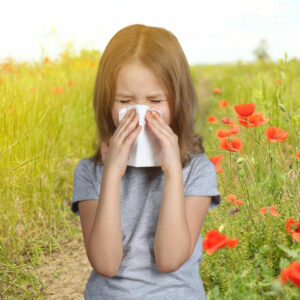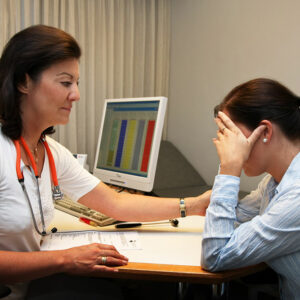
01
Things to Know about the Narcissistic Personality Disorder
The narcissistic personality disorder is a mental condition where people gain an escalated perception of their importance, like an intense need for drawing attention, lack of sympathy for others, troubled relationships, and so on. In such a condition, people try to wear a mask of self-confidence, leaving their fragile personality behind. Such a disorder can badly affect one’s personal and professional relationships, and even education or financial affairs. People with this personality disorder can easily become disappointed when they do not get the respect or importance they expect from others. People, in general, prefer to stay away from such personalities as they always find them unfit for social customs and relationships. Here are the causes, symptoms, and the possible treatments of this mental disorder. The causes of narcissistic personality disorder It is very hard to say what actually causes this mental disorder. However, researchers believe that genetics and upbringing factors play key roles in developing the narcissistic disorder. Our personalities are inherited from our ancestors, and if someone thinks that they are different from the crowd and should be treated with special attention and admiration, the person may develop this mental disorder. Researchers have also found that parental neglect often leads to narcissistic disorder among children. Common symptoms of the narcissistic personality disorder The key signs and symptoms of this mental disorder can vary from person to person. However, there are some common symptoms every affected person may demonstrate in different circumstances. People with the narcissistic disorder can exhibit the following symptoms: • They show an extreme desire for self-importance • Always demand respect and admiration • Nurture an understanding of entitlement • Believe that they are superior to others • Believe in daydreams on success, brilliance, power, or beauty • Always expect better treatment and favor • Have an instinct of ignoring others’ feelings and needs • Measure others with envy • Show false arrogance • Love to call themselves the best in everything Ways to deal with the narcissistic personality disorder The primary challenge of dealing with this mental disorder is that people suffering from it never try to understand their fault and never consider it as a mental problem.
Read More 
